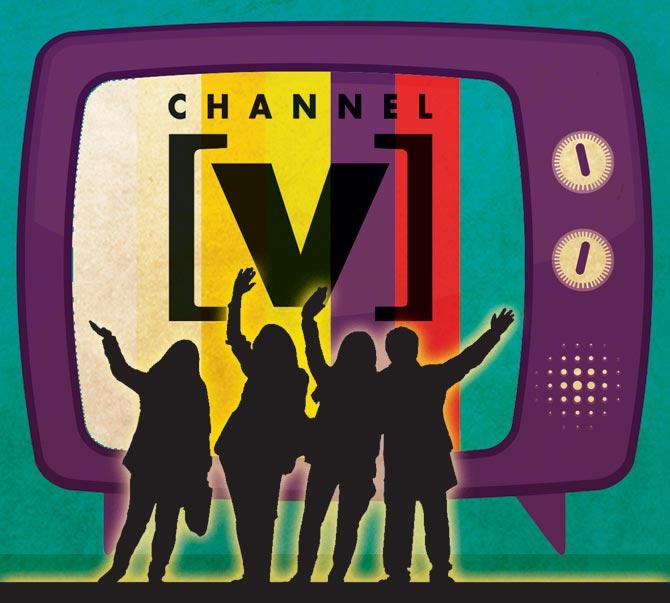It was 1994. I had been out of the country for exactly six months. When I left, there were two television channels
![Paromita Vohra: The way [V] were (like this only) Paromita Vohra: The way [V] were (like this only)](https://images.mid-day.com/images/images/2017/dec/Paromita-V-l.jpg)
 It was 1994. I had been out of the country for exactly six months. When I left, there were two television channels. When I came back, there were a dozen or more. Among these was Channel V and it had already released the amazing, landmark Quick Gun Murugan spots and added something heady into the air.
It was 1994. I had been out of the country for exactly six months. When I left, there were two television channels. When I came back, there were a dozen or more. Among these was Channel V and it had already released the amazing, landmark Quick Gun Murugan spots and added something heady into the air.
ADVERTISEMENT
In those early years, I freelanced there for a short time, first as a writer on Javed Jaffrey's popular show Flashback and later as an actor, playing a character called Aunty 303 -- lauki-chopping mother of a golmatol boy by day and sidecar-scooter riding vigilante by night -- in a series of black and white shorts.

Illustration/ Ravi Jadhav
Growing up in the 1980s, it was hard to imagine that a time would come when knowing Hindi film songs and having desi general knowledge would not only come in handy, but would actually be cool. Being into Hindi films was definitely considered infra-dig even though everyone liked to watch Chitrahaar/Chhaya Geet.
You could admit to liking Zeenat Aman but not Reena Roy. Coolness meant Western popular music and movies and you foregrounded that interest and knowledge. Channel V reconciled these divided selves.
It was an avalanche of sensory pleasure without purpose -- music videos and mash-ups, bi-lingual and tri-lingual puns, familiar everyday figures like acerbic bais and class teachers, turned into iconic characters. It remixed different worlds to create an audio-visual carnival drawn from the entire archive of desi street and non-classical culture. Silent film kiss scenes, mythology, ladies and gents toilet signs, barakhadi charts mixed thrillingly with European avant-garde and American indie aesthetics all held together in the channel's self-embracing byline: we are like this only.
It is not that none of this existed before in media. Films like Sholay on the one hand and Kamal Swaroop's densely packed Om Darbadar had existed and both were, in fact, major inspirations to the people working at the channel then. But, Channel V presented it lightly, plentifully -- 24 hours of enjoyment where there had been weekly half-hours of Chitrahar/Chhaya Geet -- a never, never land of sorts for a country redefining itself. It throbbed with contemporaneity, a sensual enjoyment of the present and all its possibilities. And from it grew a whole new musical culture, a mischievous Hinglish, and a kind of youthful erotics, all of which were eventually subsumed into Bollywood. Many of today's internet forms -- memes, Instagram character videos and short films -- first sprouted in that particular television world.
For many people like me, this kind of language opened up the possibility of expressing myself as a mixture of all my different ongoing cultural influences, rather than adhere to the formalities and political templates of an earlier generation. Though commercial, there was in early Channel V the necessary indie spirit that is needed to actually create a new cultural world.
Last week's announcement that Channel V was shutting down, marks the end of a certain post-liberalisation phase, where this youthful hedonism has turned somewhat dystopic. It is a time when a spontaneous youth culture is difficult to grow in today's commercial mainstream -- segmented, cautious, second-guessed by market research, manipulated by algorithms. We must wait to see where newness will now emerge -- it always does. But, for a couple of decades, Channel V was a libidinal whirl to which we say a fond, but sad goodbye.
Paromita Vohra is an award-winning Mumbai-based filmmaker, writer and curator working with fiction and non-fiction. Reach her at www.parodevipictures.com
Catch up on all the latest Mumbai news, current affairs from Mumbai, local news, crime news and breaking headlines here
 Subscribe today by clicking the link and stay updated with the latest news!" Click here!
Subscribe today by clicking the link and stay updated with the latest news!" Click here!






